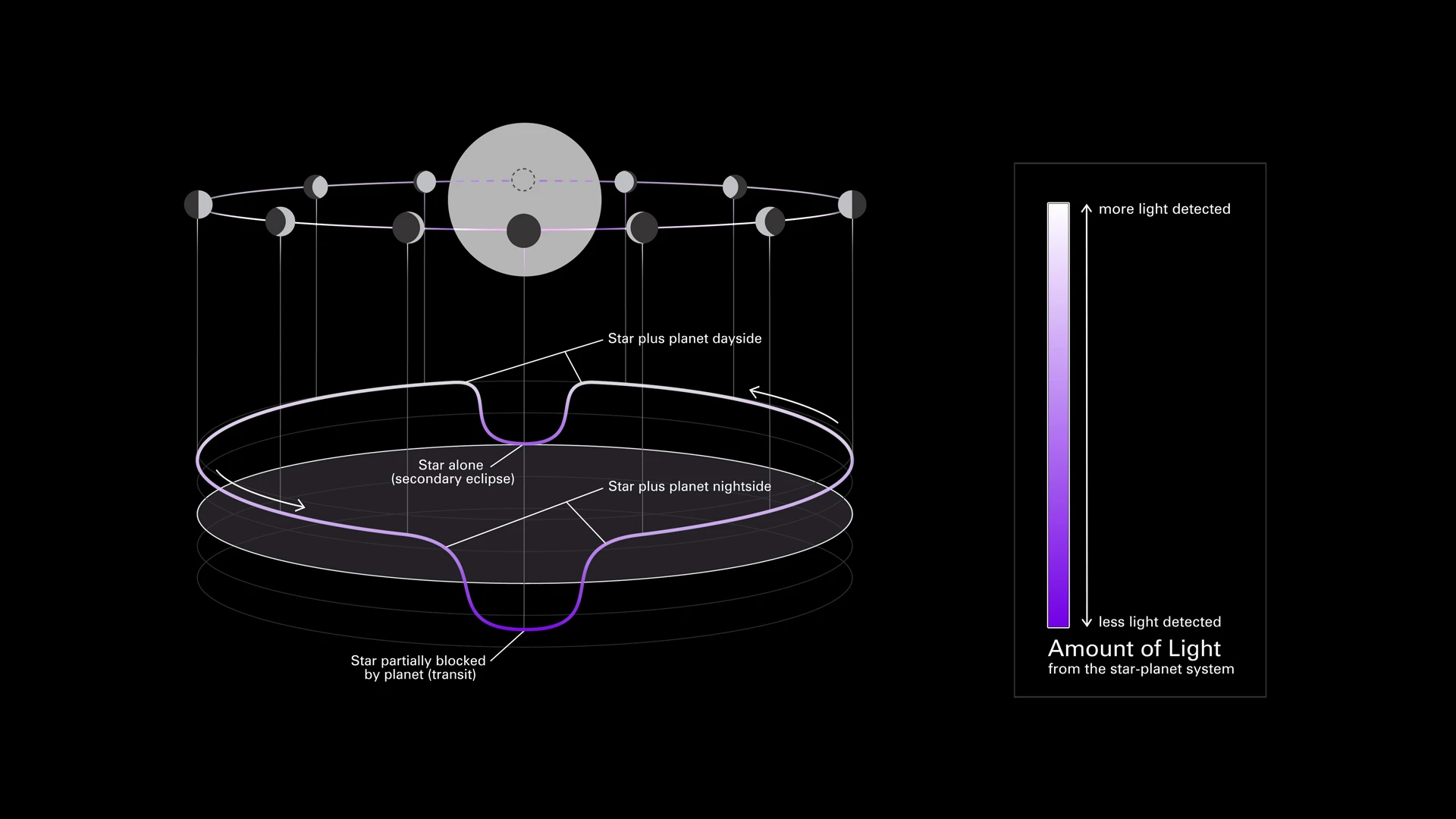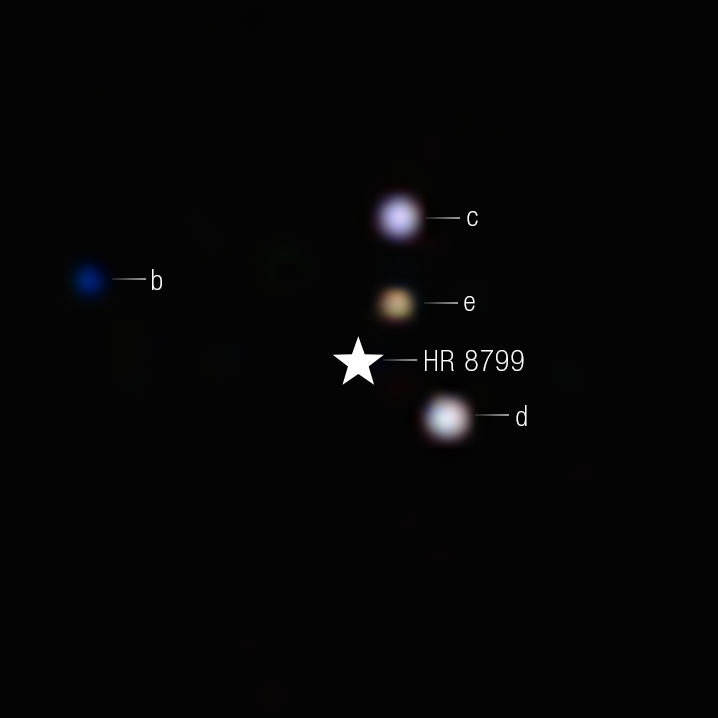- The latest webinar presented by Dan Bort, Physics Encounters Consciousness, is now available for viewing on the webinars page. You can also view the bibliography for Dan’s presentation.
- Check out the latest schedule for the 55th reunion and, if you haven’t already, sign up!
- I am sorry to report the sudden death of another classmate, Peter Warner. In addition, our classmates, Steve Engelman and John McNary, the later of whom only attended Dartmouth our freshman fall term died recently.
- The class directory has been updated as of April 2023. You should have received in the mail by now. Contact the webmaster if you would like an electronic version in PDF.
- Read the May-June edition of the 1968 Alumni Magazine column.
- Read the Spring 2023 edition of the classs Newsletter. It’s a big one!
- See the Final Schedule of Events for our 55th reunion.
- Our May 16, 2023 webinar, Discovering Edward Mitchell (Dartmouth’s first black graduate) is now available for viewing on the webinars page.
- Minutes from the 4/8/23 Class Committee meeting are available




